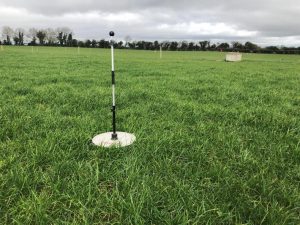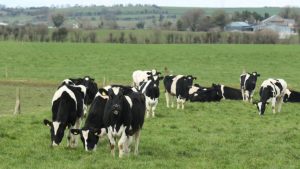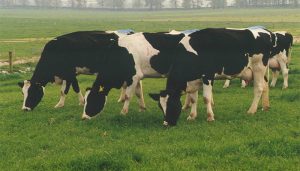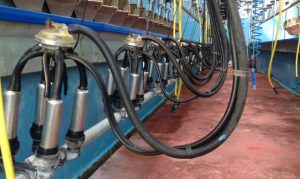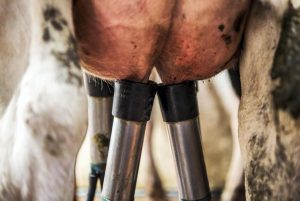
One piece of analysis carried out by the Department of Agriculture suggests if a dairy cow reduction scheme is to operate, then a payment of over €5,000 per cow is necessary to compensate the farmer for loss of earnings.
The Food Vision dairy group, chaired by former Teagasc director Gerry Boyle, met again this week. A further meeting to follow up planned for next week (29 July) was postponed on Friday to mid-August.
Much of the discussion at the meeting this week revolved around how to compensate dairy farmers if they were to apply for a cow retirement scheme.
Preliminary analysis by the Department of Agriculture suggests a cow value, if based on the TB valuation scheme, might be in the order of €4,300 per cow.
Essentially, this means that if 10,000 cows were removed from the herd, then it would cost €43m or €430m for 100,000 cows.
Analysis
A further piece of analysis using other methods, such as gross margin from the Teagasc national farm survey or mart data, suggests the value could be somewhere between €3,500 and €5,100 per cow.
Talking to some of the stakeholders after the meeting, there was unanimous disagreement with the value, suggesting any of the values do not include:
Income forgone of the followers (young stock).
Is only showing a three-year time frame when many argue it should be a five-year time frame.
The exercise on valuation is only based on average cows, so it doesn’t reward better-quality cows that would take part in the cow reduction scheme.
It is also worth noting the cow valuation also puts no value on the knock-on effect further up the line in terms of less milk going through processing plants owned by the co-ops.
Little discussion on funding
There was little discussion on the day of the meeting in terms of the funding source, but there was a caveat note in the annex at the back of the meeting notes which suggested the valuation exercise was only an attempt to estimate the economic value per dairy cow, not what the scheme might cost to incentivise.
The line in the minutes of the meeting was: “Caveat: Note that this exercise is an attempt to estimate an economic value per dairy cow. It is not an estimate of the cost of incentivising a reduction in cow numbers, or what level of public or private money might be required to operate such a scheme.”
The work of the group continues.








